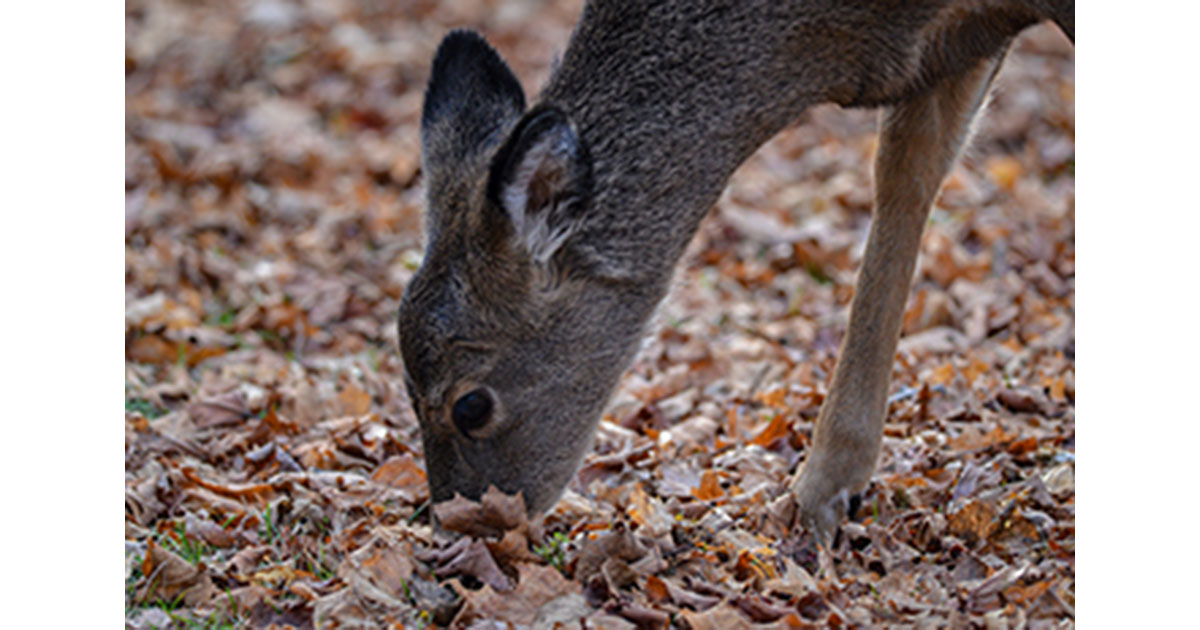- Details
MDNR Report
Updated guidelines for co-management of fishery resources in parts of Michigan’s Great Lakes are now in effect for the next 24 years. The new Great Lakes Fishing Decree between Indian tribes and the DNR was approved last fall by the U.S. District Court for the Western District of Michigan. In the months since the decree’s signing, the State of Michigan and tribal governments have been preparing to implement the provisions of the document.
This decree is necessary because five tribes – the Bay Mills Indian Community, the Sault Ste. Marie Tribe of Chippewa Indians, the Little Traverse Bay Bands of Odawa Indians, the Grand Traverse Band of Ottawa and Chippewa Indians, and the Little River Band of Ottawa Indians – reserved fishing rights in the 1836 Treaty of Washington. Those rights were affirmed by federal courts more than four decades ago, resulting in the need for a co-management framework that allows for sharing of the fishery resource. This decree is the third since 1985, and each one has included a fishery management structure that dictates who can fish where, when and how, and what can be brought home or sold.
- Details
By Louie Stout
Bass and bluegill continue to dominate Union Lake gamefish, according to a Michigan fisheries survey.
Union is an impoundment on the St. Joseph River south of Battle Creek in Northwest Branch County. It’s a popular tournament destination averaging about 16 events a year.
The shallow, stumpy watershed has a maximum depth of around 16 feet.
Michigan biologist Matt Diana was there to survey the population and found it has the typical mix of river species and sport fish.
- Details
MDNR Report
 Michigan doe
Michigan doe
A 4-year-old doe harvested in Benzie County, Michigan, during the 2023 deer hunting season has tested positive for bovine tuberculosis. This is the first bTB-positive wild deer from that county.
Benzie County is located on the Lake Michigan shore south of Traverse City.
Bovine tuberculosis is an infectious, zoonotic disease affecting both humans and animals. The disease is primarily spread through respiratory secretions when infected animals expose uninfected animals through nose-to-nose contact or contaminate shared feed and water.
- Details
MDNR Report
The Michigan DNR Wildlife Habitat Grant Program is accepting applications now through March 18.
“Healthy, abundant wildlife habitats not only benefit wildlife, they also provide value to Michigan residents by offering more opportunities for hunting, trapping and wildlife viewing, improved soil conservation and support for critical ecosystems,” said DNR Wildlife Division Chief Sara Thompson.
“Through the productive partnerships that make such works possible, the Wildlife Habitat Grant Program helps create food plots, build wintering deer complexes, plant native grasses, regenerate aspen and other tree species, and do many other things that yield benefits long after the initial projects are completed,” Thompson said.
Funding is available for local, state, federal and tribal governments, profit and nonprofit groups, and individuals through an open, competitive process. Minimum grant amounts will be set at $15,000, with the maximum being the amount of funds available for that grant cycle. The 2024 overall available grant amount is approximately $1 million.
- Details
MDNR Report
Calling any nature enthusiasts, outdoor lovers or conservation-minded folks – the Michigan Department of Natural Resources is hiring for a variety of temporary wildlife positions that may be right for you! These spring jobs, available around the state, could be especially attractive to those looking to enter the conservation work force or seniors and retirees who want to get more involved in the outdoors.
Whether you’re looking to gain new skills or seeking an interesting job steeped in natural resources, the DNR Wildlife Division has several options. Temporary workers are crucial to maintaining the healthy wildlife populations that are central to quality hunting and wildlife watching experiences. People in these roles:
- Assist with wildlife habitat maintenance and improvement, which may include farming, planting trees, cutting clearings and adjusting water levels.
- Help with mowing, landscaping and facility maintenance duties.
- Handle tasks related to wildlife surveys, wildlife sample collection, crop damage inspections, nuisance animal control and equipment operation and maintenance.
“These positions are a great way to experience the conservation field and learn new skills,” said Jennifer Schafer, human resource liaison for the DNR Wildlife Division. “Each of these roles within the wildlife team not only contributes to vital conservation efforts but also offers a rewarding and hands-on experience.”
Apply for DNR jobs
Apply for current postings on the State of Michigan's Department of Natural Resources jobs page. Search "wildlife" to show the Wildlife Division opportunities.
DNR career info
Taking care of the outdoors is a big responsibility. Learn more about the variety of seasonal, part-time and full-time positions, as well as career pathways and benefits.
Applications are due by Monday, Feb. 5. The listed job titles for these temporary positions include:
- Spring non-career wildlife assistant.
- Spring non-career wildlife state worker.
Questions? Call Jennifer Schafer or Brandi Holden at 517-284-9453 or email DNR-Wildlife-HR-and-Development@Michigan.gov.


